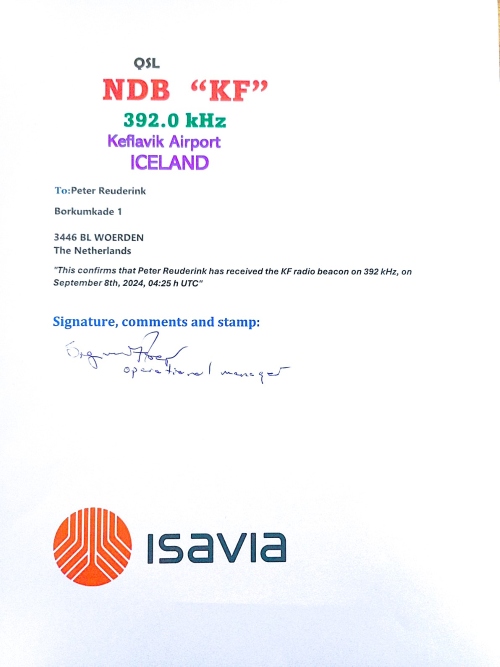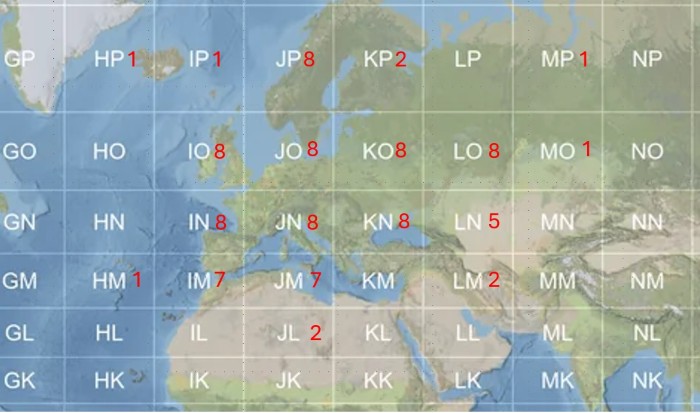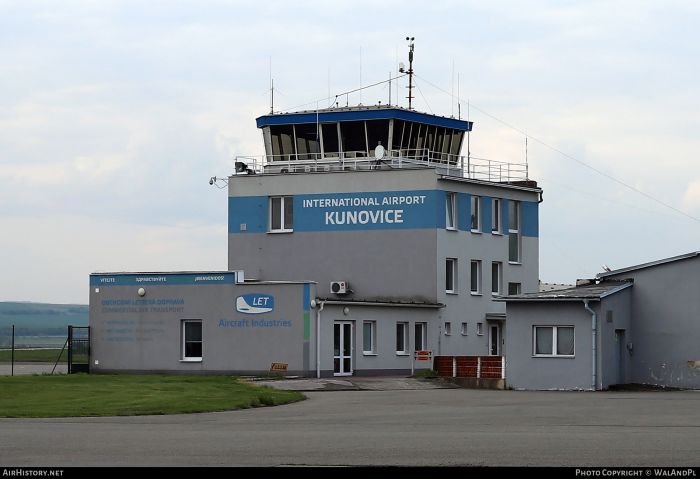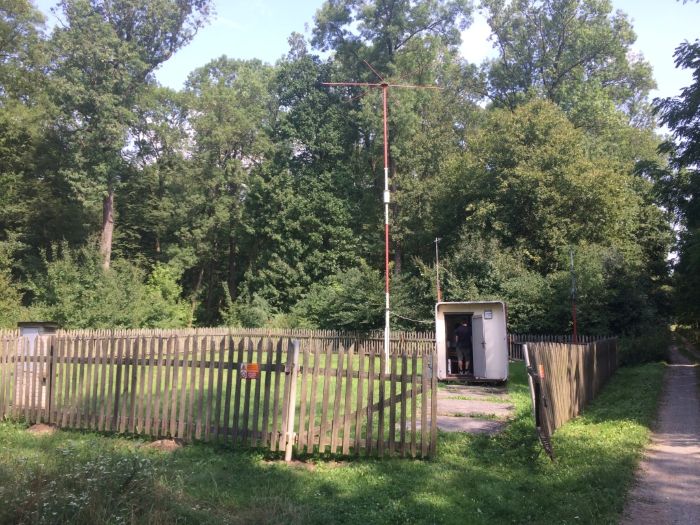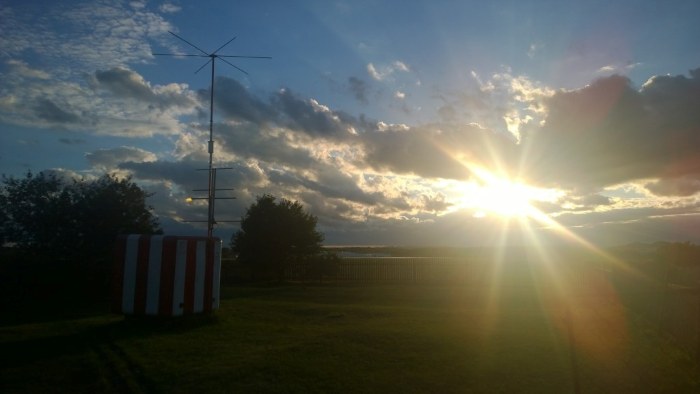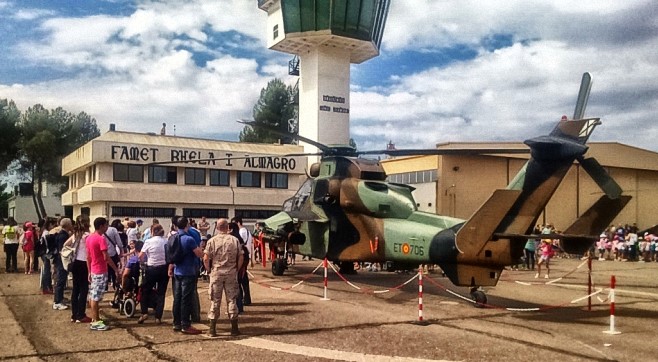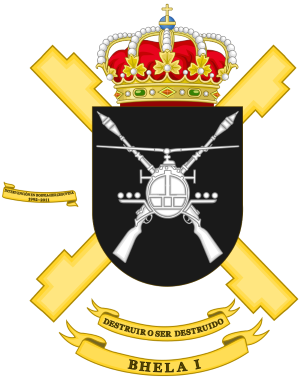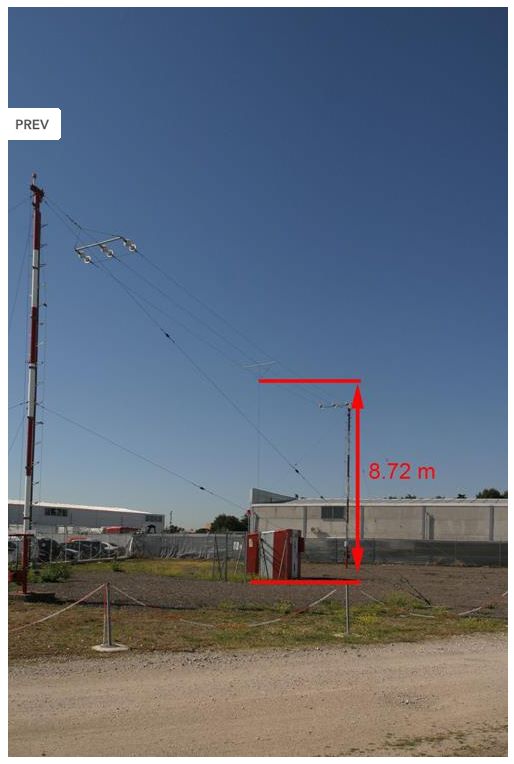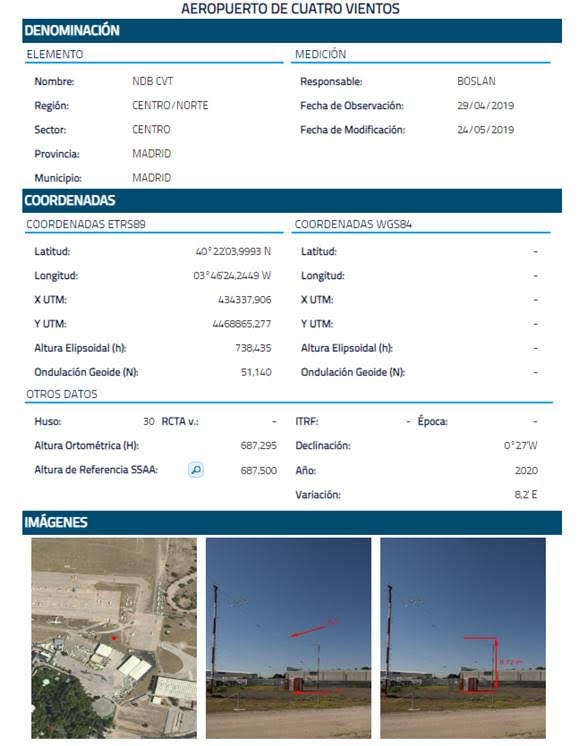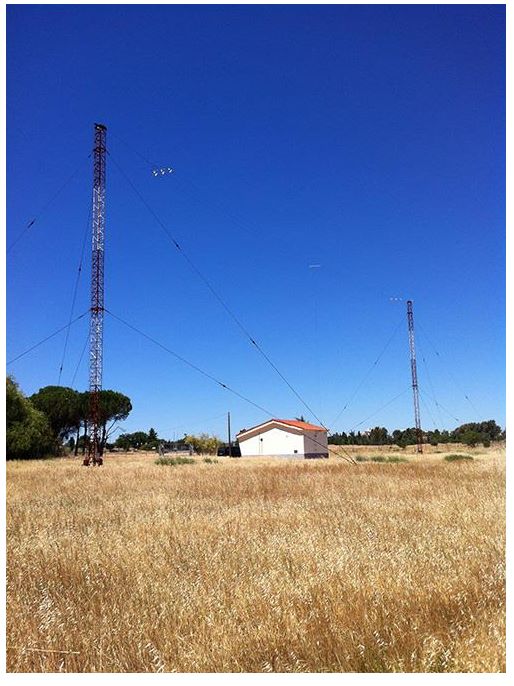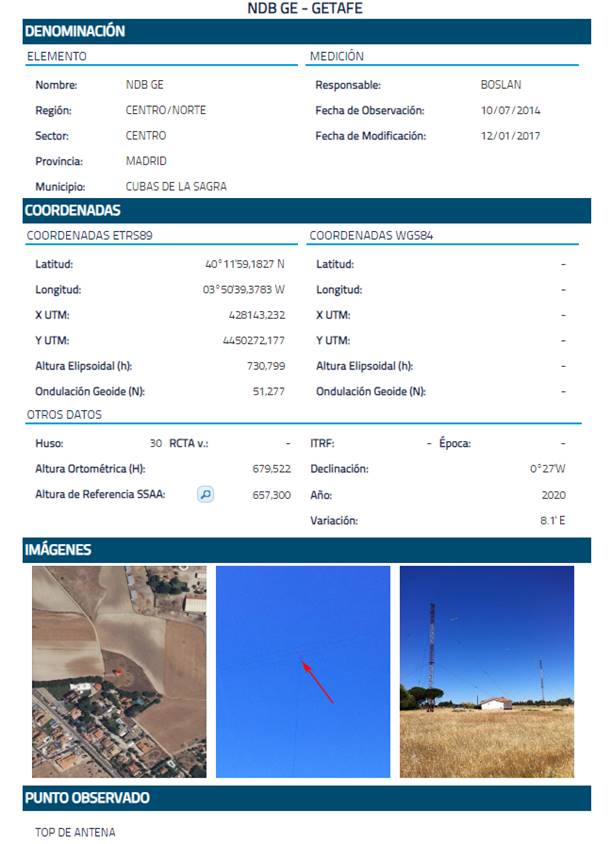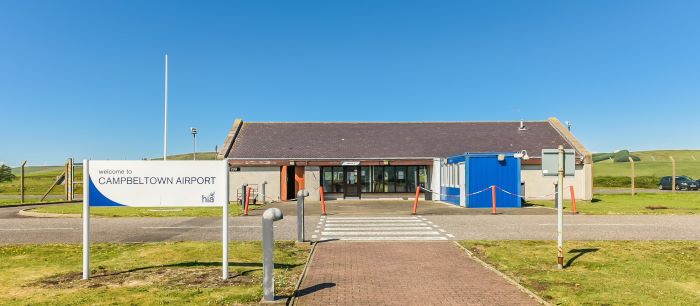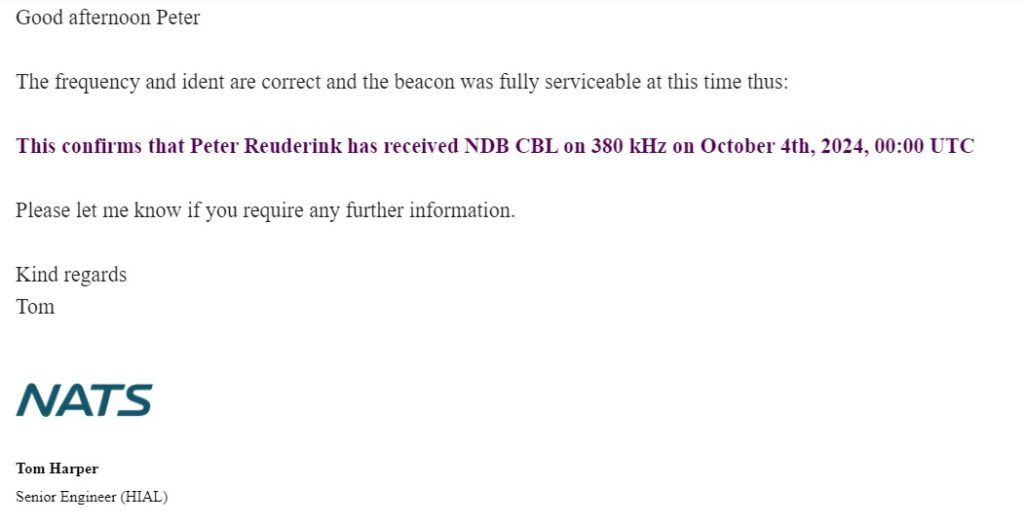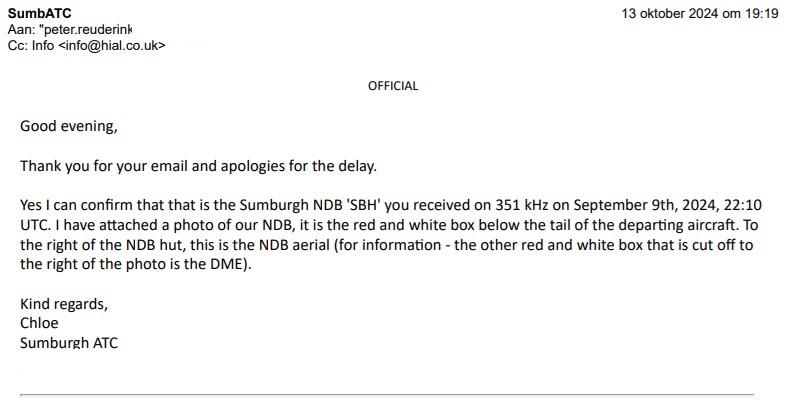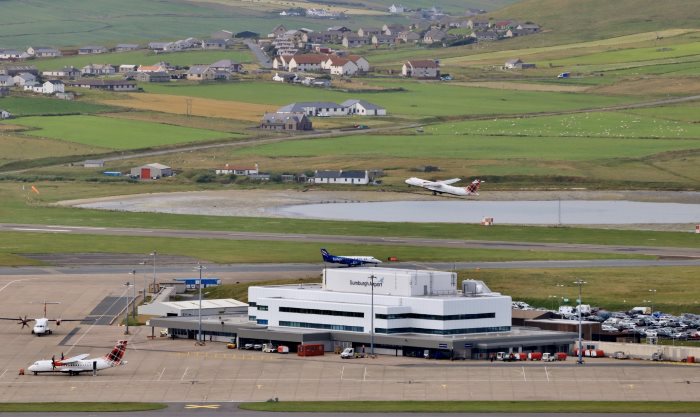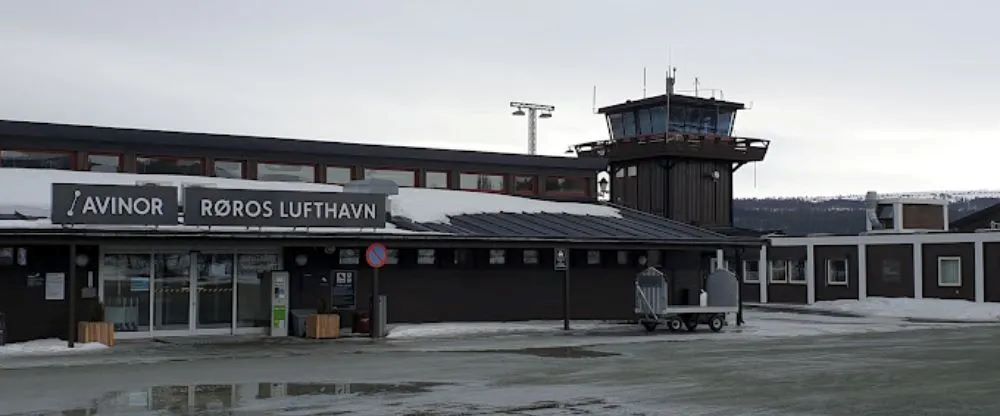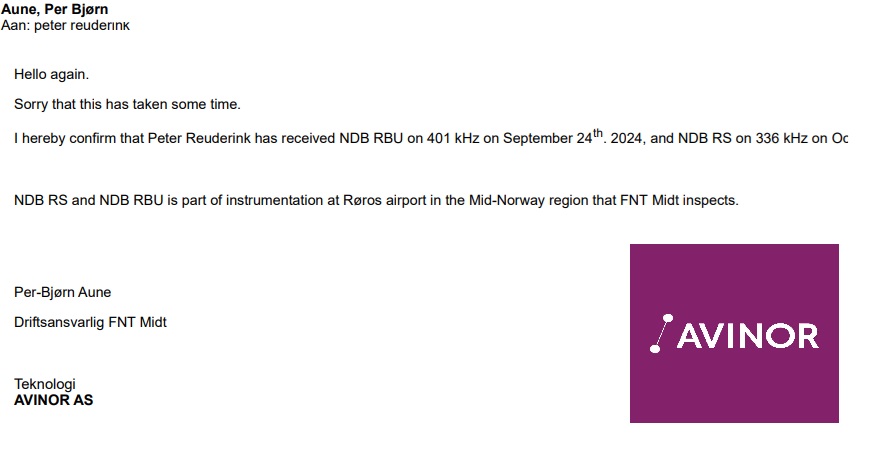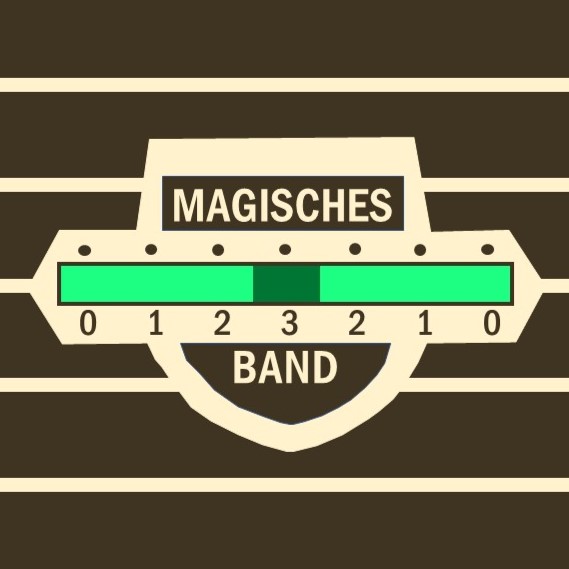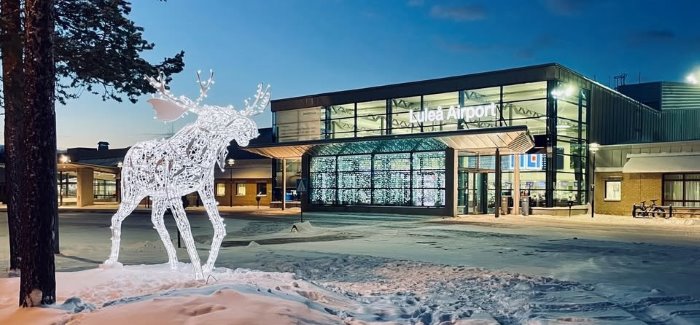
Chris Landstrom from Aviseq Sweden was so kind to confirm my reception of OL Luleå on 377 kHz (as well as OO Örnsköldsvik):
We’re happy to confirm these receptions – technically OL Luleå @ 377 kHz belongs to our colleagues in Luleå but due to workload right now I’m confident you’ll struggle for a reply there. They have quite a bit more work this time of year than we do so they’re pretty busy right now. I feel confident enough that we’re looking at OL Luleå here so I’ll go ahead and confirm that.
Luleå Airport is quite a busy airport with regular flights to Gothenburg and Stockholm, but also to Paris, Düsseldorf and London, plus charters to various holiday destinations around the Mediterranean.


